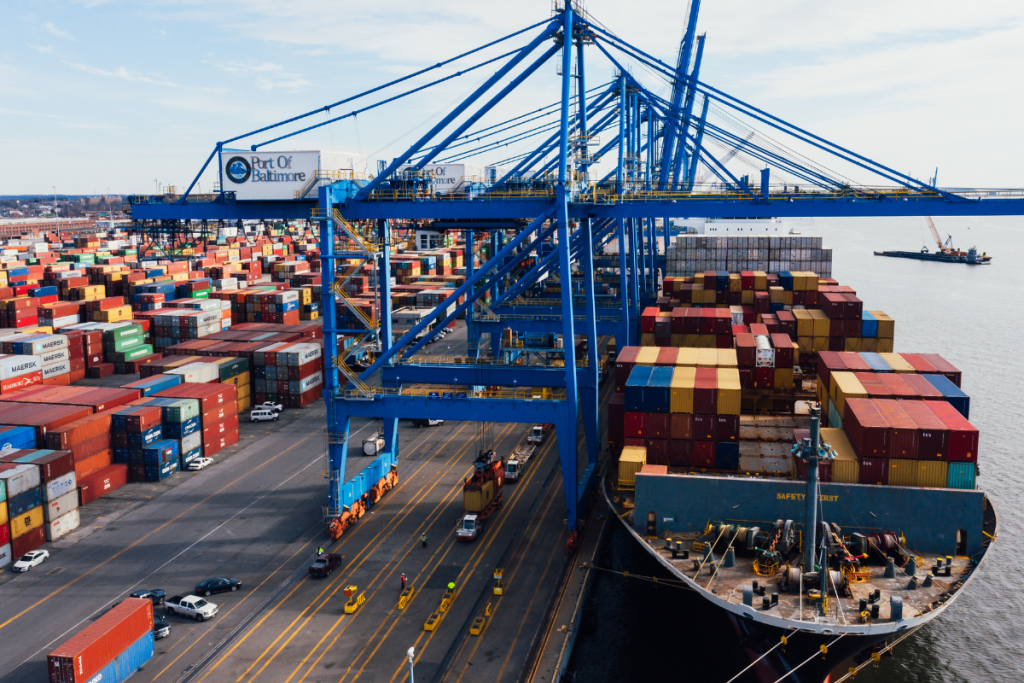Despite the noise surrounding tariffs and trade tensions, long-term sourcing patterns are quietly redrawing the global supply map. QIMA’s latest barometer shows a steady shift toward diversified, regionalized supply networks, with Vietnam, the Mediterranean, and Latin America emerging as clear winners.
Southeast Asia Extends Its Lead as China’s Share Shrinks
U.S. sourcing from China dropped 23% year-over-year in Q2 2025, while Southeast Asia surged 29%, continuing a trend that predates the latest round of tariff escalations. Vietnam remains the anchor of this shift, particularly for European brands, where inspections and audits rose 12% year-over-year. Thailand and Cambodia also posted significant growth among EU buyers, up 29% and 9% respectively.
While the U.S. temporarily paused new tariffs on non-China countries through July, the upcoming expiration threatens to compound procurement volatility just as peak-season orders begin. Still, the sourcing pivot away from China has proven durable over the past two years, and many brands are using the current window to entrench Southeast Asian relationships, particularly in textiles, footwear, and electronics.
Europe Leans Into Nearshoring
European demand for inspections in China climbed 5% in Q2, with noticeable gains in markets such as the Netherlands (+27%) and Austria (+21%). Categories like toys and recreational goods saw a 24% year-over-year spike in inspection demand, highlighting China’s continued dominance in certain consumer segments.
At the same time, EU sourcing is becoming more geographically diverse. Inspections in Mediterranean countries surged: Egypt jumped 73%, Morocco 53%, and Tunisia 35%, as European brands doubled down on nearshoring to shorten lead times and hedge geopolitical risks. Turkey, once the region’s default textile hub, faces stiffer competition as North African economies attract more procurement attention.
The Latin America Shift Isn’t Just About Nearshoring Anymore
Although U.S. inspection demand in Latin and South America fell 9% year-over-year, global demand in the region rose 8%, driven by local buyers and growing intra-regional trade. This trend reflects a broader realignment toward South-South commerce. Countries like Mexico, Colombia, Chile, and the Dominican Republic are not only serving the U.S. market but increasingly trading with each other and with Asian partners.
Importantly, this growth is being reinforced by deepening economic ties between Latin America and China, which continues to expand its influence through trade and infrastructure projects. While U.S. nearshoring has been a major narrative, regional dynamics in Latin America suggest a more complex and multi-directional evolution.
Rethinking the Meaning of Resilience
The shift toward diversified sourcing is often framed as a hedge against shocks, but resilience now requires more than geographic dispersion. As regional trade corridors mature, procurement teams will need to recalibrate how they define value—factoring in not just proximity or cost, but ecosystem reliability, data transparency, and supplier development capacity. The next stage of resilience will be shaped as much by the strength of local capabilities as by the breadth of global alternatives.




